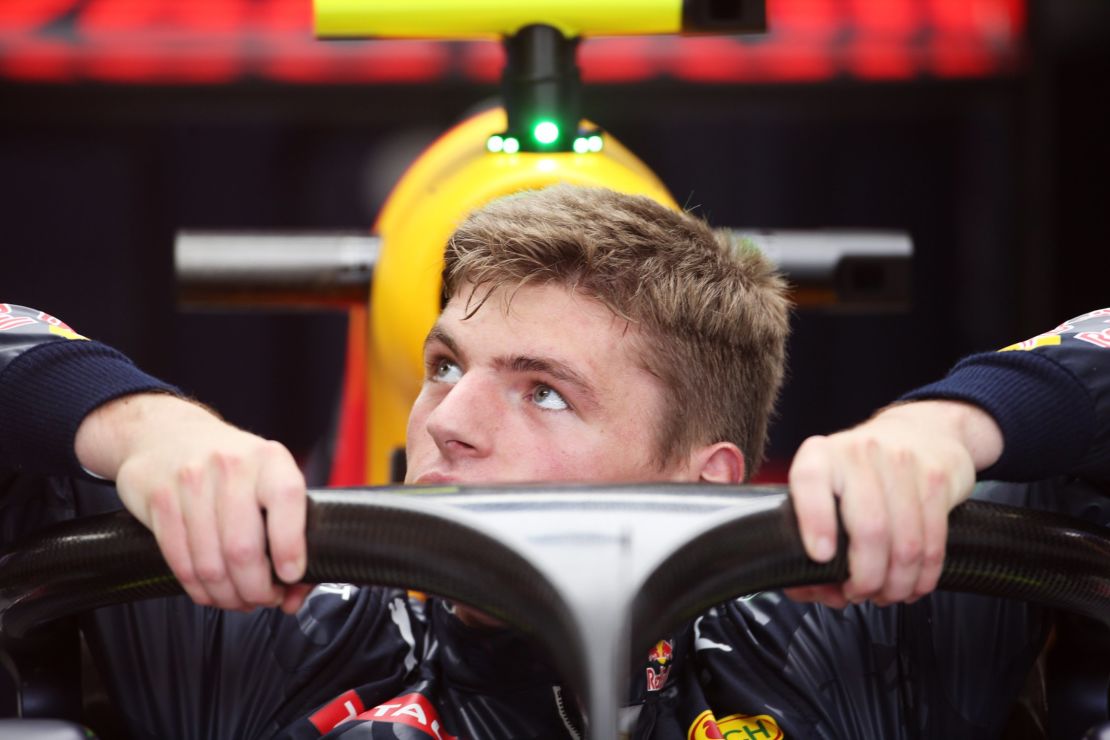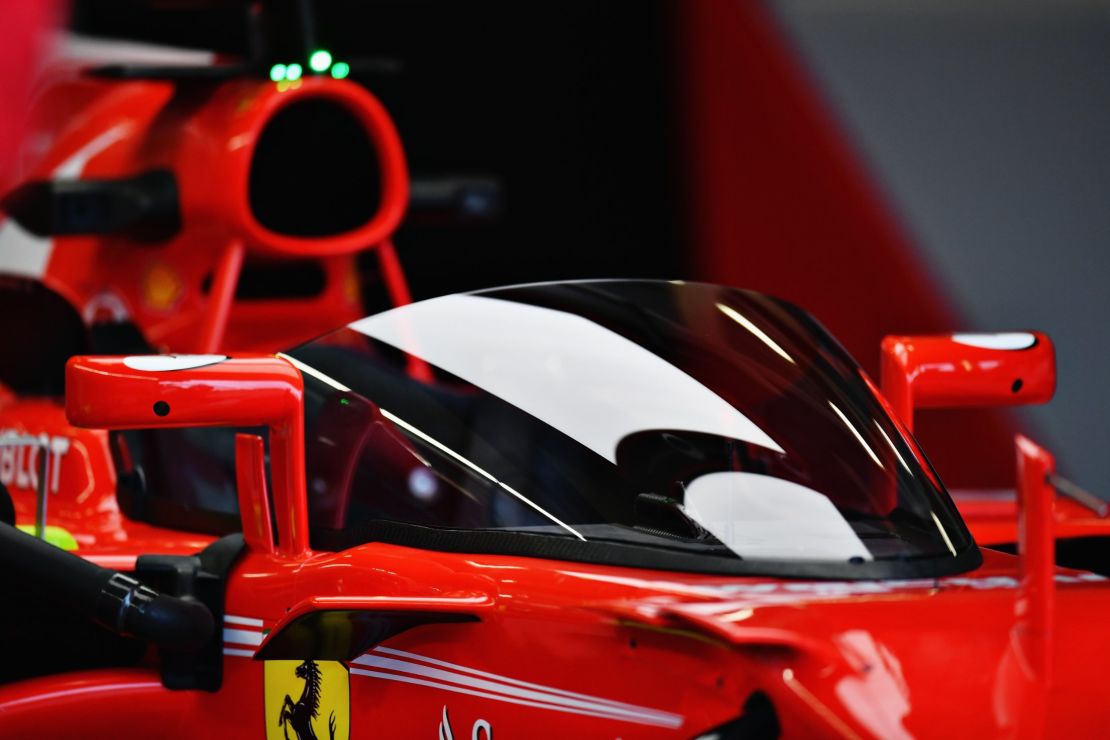Story highlights
New "Halo" safety system introduced to F1
All F1 cars to be fitted with halo from 2018
Cockpit safety device polarizes opinion
News that Formula One cars will sport the new “Halo” cockpit protection system starting from next season has been met by a mixed response from motorsport fans.
The announcement that all 20 cars on the 2018 grid will be fitted with the safety device to protect drivers from flying debris and other potential hazards was confirmed by motorsport’s world governing body, the FIA on Wednesday.
“Following the unanimous agreement of the [Formula One] Strategy Group, in July 2016, to introduce additional frontal protection for Formula One and the repeated support from the drivers, the FIA confirms the introduction of the Halo for 2018,” the FIA said in a statement on its website.

“With the support of the teams, certain features of its design will be further enhanced. Having developed and evaluated a large number of devices over the past five years, it had become clear that the Halo presents the best overall safety performance.”
READ: Liberty Media ‘committed’ to Silverstone
READ: Kubica ‘happy to be back in an F1 car’
Motorsport fans responded in their thousands on F1’s official Twitter and Facebook accounts – many deriding the development.
Twitter user @DuCardim likened the halo design to a flip flop while others posted memes and gifs signaling their dismay.
“The ‘pinnacle of motorsport’ has been reduced to mounting a flip flop on an F1 car in the name of safety,” Felix Eastwood commented on Facebook.
But other fans defended the FIA’s decision.
“Evolving the safety of the cars is not a negative. With the opinions posted here they should all still be wearing 3/4 face helmets and lap belts,” William Ryan Van Roy wrote on Facebook.
There were mixed reviews from former drivers too.
Martin Brundle, who competed in 158 races over a 13-year period from 1984 to 1996, called the Halo, “plain ugly.”
Alexander Wurz, who raced 69 times in F1, and is the current chairman of the Grand Prix Drivers’ Association, conceded that it was not the most “esthetic (sic) thing but on the positive, please consider that safer cars mean we can race much harder and faster in the future!”
The Halo was tested by all 10 F1 teams at various stages during the 2016 season. More recently, a new “Shield” protection was trialed by Ferrari driver Sebastian Vettel during Friday practise at the British Grand Prix – although not for long.

Vettel, who currently leads the world drivers’ championship by one point from Lewis Hamilton, aborted the test after one lap complaining of “dizziness.”
What do you think of the new halo design? Share your views on CNN Sport’s Facebook page
Improving safety record
F1’s safety record has been in the spotlight following the death of Jules Bianchi in July 2015 – the French driver succumbed to head injuries sustained at the Japanese Grand Prix in October 2014.
Bianchi, who was 25 years old when he died, plowed into tractor crane on lap 43 at a wet Suzuka circuit. It was the first fatality of an F1 driver since Ayrton Senna was killed in an accident at the 1994 San Marino Grand Prix.
READ: ‘I cry every day’ - Bianchi father’s pain at son’s death
In 2009, Brazilian driver Felipe Massa suffered a fractured skull when he was struck by a stray piece of debris during qualifying for the Hungarian Grand Prix.
Overall, driver protection in F1 has vastly improved in recent decades – a range of safety measures, notably the carbon fiber monocoque, or survival cell, protects drivers from high-speed impacts and all cars are routinely put through stringent crash tests.



